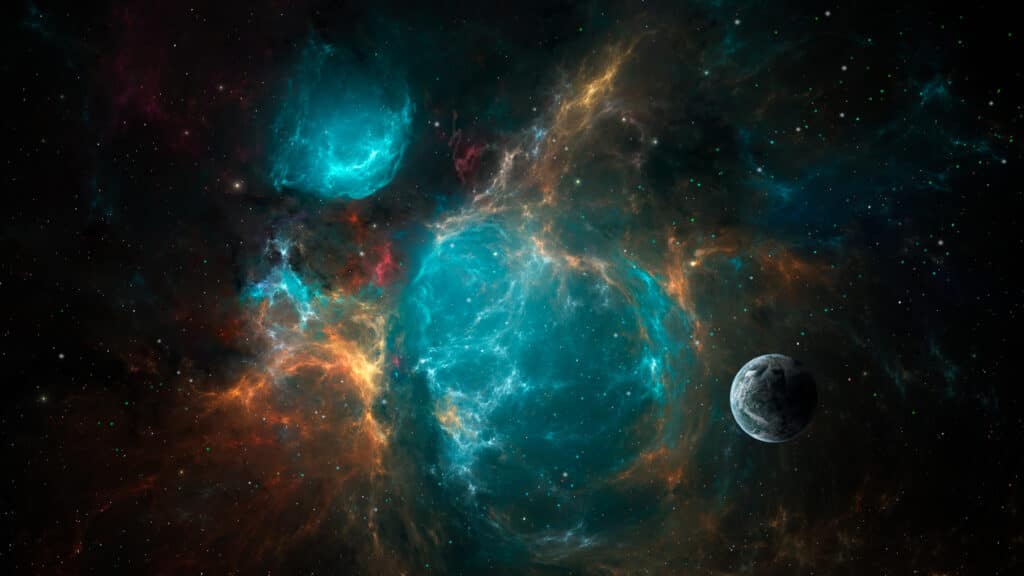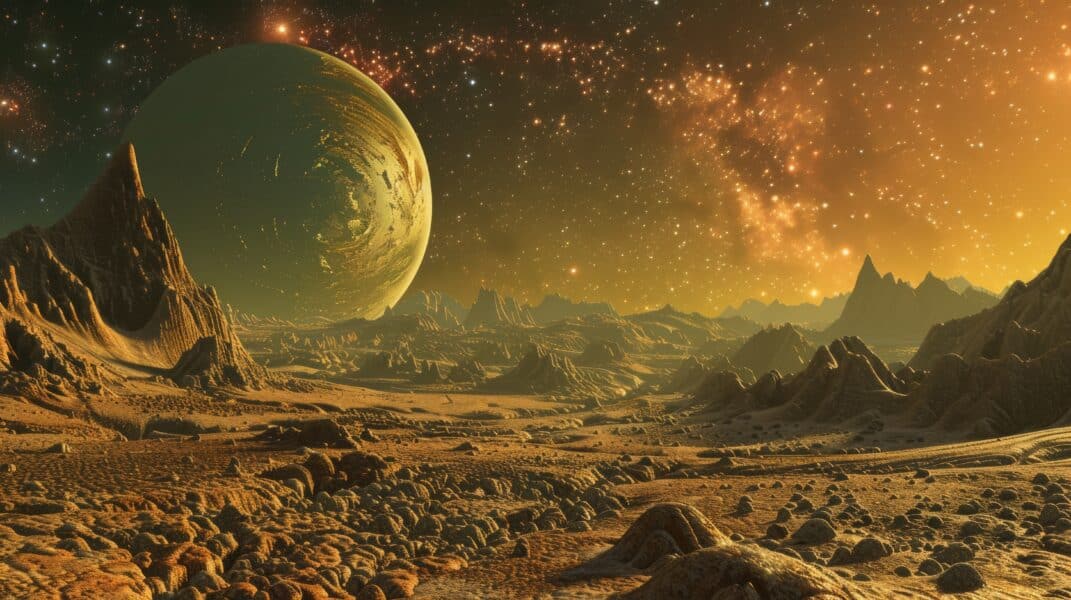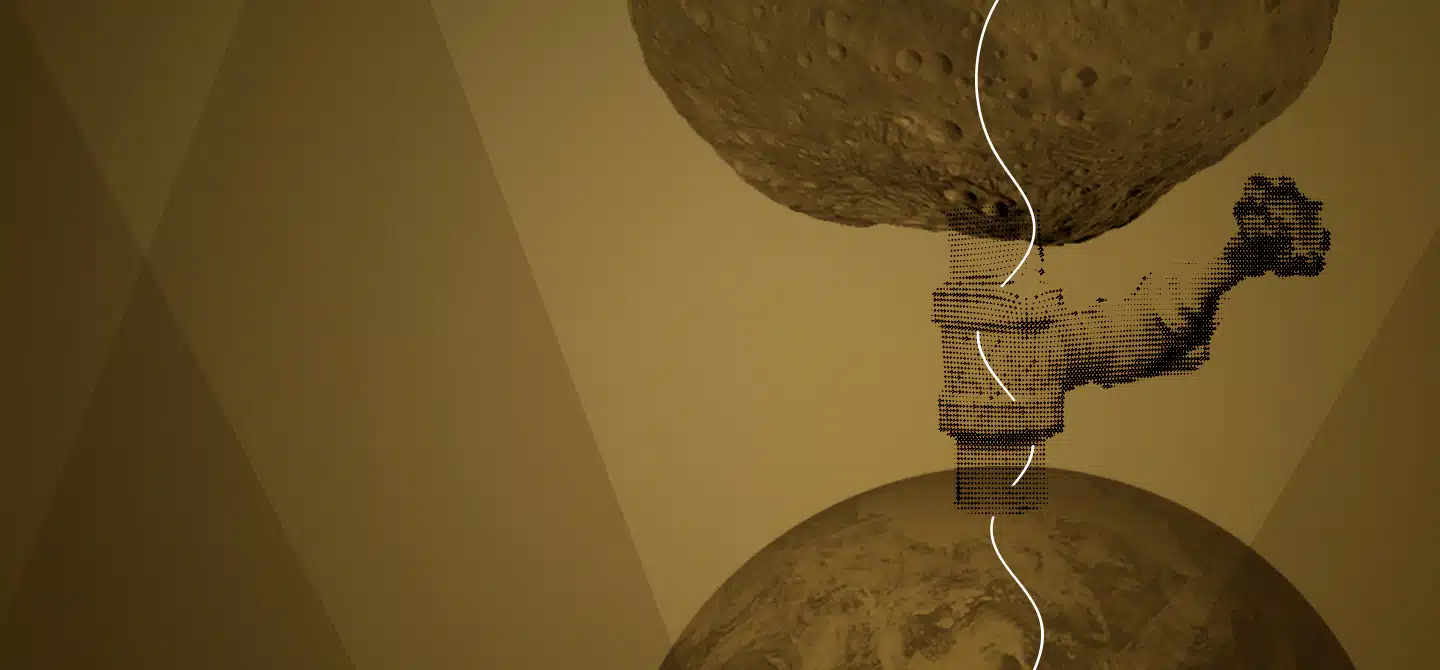Could looking for the absence rather than the presence of certain chemical compounds in the atmosphere of exoplanets (planets orbiting stars other than the Sun) be our best chance of finding liquid water – and therefore perhaps even life – on these far-off worlds?
This is what researchers from the MIT and the University of Birmingham are proposing, having shown that if an extrasolar terrestrial (rocky) planet has much less carbon dioxide (CO2) in its atmosphere compared to that of other planets in the same solar system, this could indicate the presence of liquid water on the surface of that planet. Such a chemical “signature” should be readily detectable with NASA’s James Webb Space Telescope (JWST), something that has not been the case with other observatories and telescopes until now.
To date, astronomers have discovered more than 5,000 planets outside our solar system. Another feat: for more than twenty years, they have been able to assess whether a planet is in a “habitable” zone. But they are still unable to determine if it is actually capable of hosting life.
In our solar system, researchers detect the presence of liquid oceans, for example, by looking for “glints” of sunlight reflected off liquid surfaces. This is the way they have succeeded in observing large lakes on Titan, Saturn’s largest moon, for instance. Doing the same for exoplanets will be difficult, however, even with advanced telescopes like the JWST.
Solar systems like ours?
A team led by Julien de Wit from MIT (USA) and Amaury Triaud from the University of Birmingham (UK) has now applied what we know about the CO2 levels in the atmospheres of the terrestrial planets in our own solar system to exoplanets. On Earth, most of the CO2 in our atmosphere has been dissolved into the oceans and has gradually been buried in the Earth’s crust (over very long geological timescales). Our planet is therefore very different from Venus, whose atmosphere contains over 95% CO2. Earth contains as much CO2 as Venus, but this CO2 cannot be “seen”, which shows just how efficient the process of CO2 storage in the Earth’s crust has been.
“We propose that a similar process on exoplanets would enable astronomers to deduce that there is liquid water on them,” explains Amaury Triaud. “Such planets would appear poorer in atmospheric CO2 compared to their non-habitable neighbors.”
The strategy the researchers propose would work best for solar systems like our own, that is, those in which several terrestrial planets, all roughly the same size, orbit relatively close to each other around their host star. This is the case for TRAPPIST‑1, a seven-planet system located 40 light years from Earth – which is relatively close in astronomical terms.

First, they would confirm that the planets indeed possess an atmosphere. To do this, the experts would look for the presence of CO2 using the JWST, the only telescope currently capable of measuring the chemical content of the atmosphere of rocky exoplanets. CO2 strongly absorbs light in the infrared part of the electromagnetic spectrum and could therefore be easily detected by the telescope. Next, they would compare the CO2 content of the different planets in the system to determine whether any of them has significantly less CO2 than the others. Subsequent observations would confirm how important this deficit is, but also whether it is due to biology (biomass burying the carbon) or by geology (CO2 dissolving into water).
Earth-like conditions on distant worlds?
As we discover more and more exoplanets, it’s not just important to find out whether their size and mass are similar to those of Earth. We would also like to know whether the conditions on their surfaces are also similar. “By measuring reduced amounts of CO2 on neighboring planets in an extrasolar system, we would be more certain that those planets have surface conditions similar to Earth’s, before initiating the search for evidence of biological activity itself,” explains Amaury Triaud.
“The Holy Grail in exoplanet science is to find habitable worlds other than Earth and signs of life,” adds Julien de Wit. “To this end, the field has traditionally focused on looking for an additional signal coming from a given planet: a glint coming from oceans or the absorption signature of a specific gas (oxygen, for example). But all such features have so far been beyond the reach of even the newest observatories.”
“Here, we make the very important point that it is not just about looking for what has been added by life or the presence of water, but also (and perhaps more importantly) about what has been removed by life or the presence of water,” he adds. “It is only by examining the ‘negative space’ (the depletion) created by one or the other that we can enable the search for habitats and life with current technology (that is, within the next few years for a system like TRAPPIST‑1). That’s how powerful that simple change in definition/perspective is.”
The researchers say they will also continue to search for rocky temperate worlds other than those in TRAPPIST‑1 that they could point the JWST towards. “For that, our telescopes in Chile, the Canary Islands and Mexico, a network called SPECULOOS, are essential. Indeed, these telescopes are already starting to find new rocky exoplanets,” they reveal.
Interview by Isabelle Dumé
References:
Atmospheric carbon depletion as a tracer of water oceans and biomass on temperate terrestrial exoplanets, Nature Astonomy 8 17–29 (2024)









